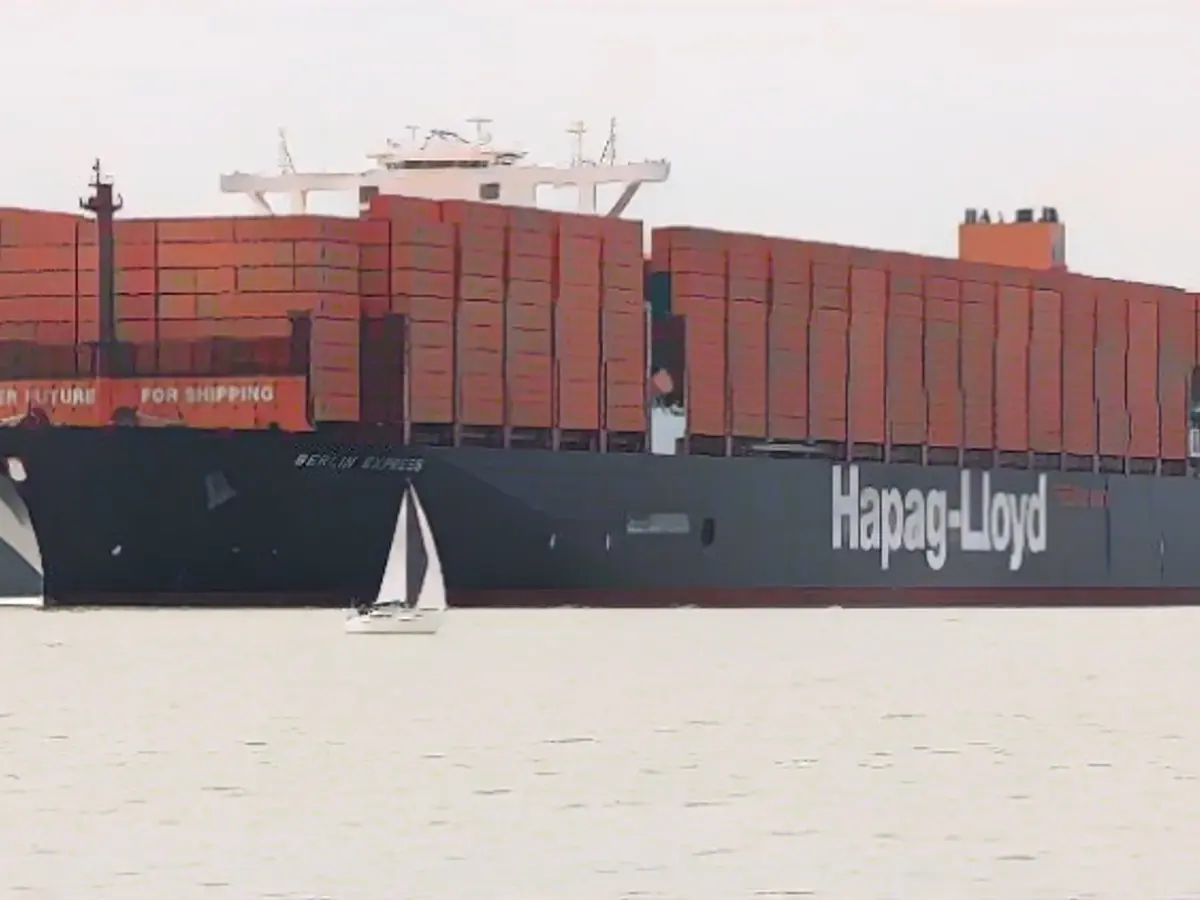Adapting to Climate Change: A Necessity for Our Future
Climate change is a global issue that requires our collective attention. The German Aerospace Center, as Europe's largest engineering and scientific research institution, is contributing significantly to climate change research and collaborating with international organizations such as the UN to develop strategies for adaptation.
As the effects of climate change become increasingly apparent, it's crucial for us to adapt to the changing environment. Here are some key measures being implemented or considered:
Elevate Dikes!
Rising sea levels pose a significant threat to many coastal countries, including Germany with its extensive North and Baltic Sea coastline. In response, Schleswig-Holstein has decided to convert certain sections of the state protection dikes into climate dikes. These new dikes will be one meter higher and wider, with the option to extend them further in the future. This adaptation will help ensure the safety of these areas into the next century.
Prepare for Heatwaves!
Last summer saw an alarming number of heat-related deaths in Germany. Particularly in urban areas, where green spaces are scarce and buildings often trap heat, extreme temperatures pose a significant threat, especially for the elderly. Potential adaptation measures include the use of white exterior walls, unsealed squares and courtyards, green facades and roofs, planting large-crowned trees, and employing external sun protection systems.
Secure Agriculture!
Agriculture is one of the sectors most dependent on the weather. Extreme events such as floods, droughts, or storms can lead to significant crop losses. To adapt, measures such as developing early warning systems for extreme weather conditions, storing water in the landscape, and expanding organic farming are being considered.
Reforest Forests!
Trees absorb carbon dioxide as they grow, making forests an essential tool in combating climate change. To further their role, forests in Germany should be converted into species-rich mixed forests with deciduous trees.
Store Carbon Dioxide
Space technology is being used to explore methods of directly removing CO2 from the atmosphere and using it for industrial purposes or storage. This technique, already proven on the International Space Station, can help mitigate climate change impacts.
Consider Floating Cities
In response to rising sea levels, architects have proposed the idea of living on the sea. A Japanese design group has proposed a floating city for 40,000 people as a solution to this challenge.
While these measures are substantial, they are not exhaustive. Globally, experts are proposing additional adaptation strategies, such as community-scale solar and ecosystem restoration, cooling/dehumidification measures, transformational and transboundary adaptation, enhancing financial system resilience, investing in climate-smart agriculture, and urban adaptation measures. These diverse approach underscore the complexity and breadth of adaptation strategies being proposed to address the challenges posed by climate change.
[1] MIT Solve 2025 Global Climate Challenge [2] Global Goal on Adaptation (GGA) [3] Prudential Regulation Authority (PRA) Climate Change Adaptation Report 2025 [4] Investments in clean energy sectors and climate-smart agriculture [5] Urban adaptation measures








